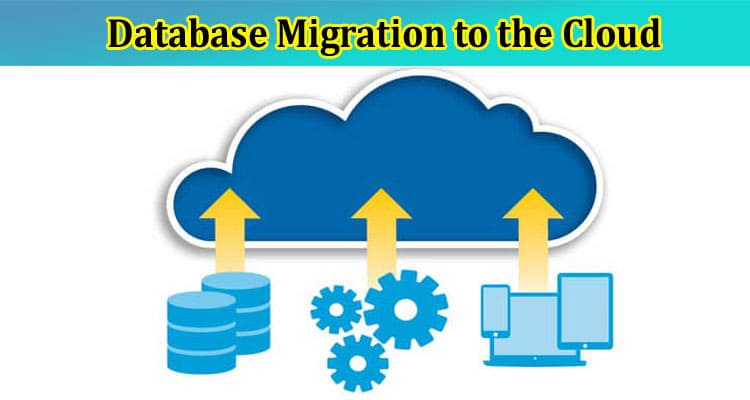Hosting database in cloud is a strong trend of DBMS world. There are important benefits of “Database as a Service” approach: reduced total cost of ownership (no need to host powerful database server or to have system administrator for DBMS maintenance), great flexibility and scalability of hardware and software system.
Nowadays many large software companies offer cloud-based database solutions, here are the most popular options:
- Amazon RDS – cloud services for IBM DB, MySQL, Microsoft SQL and Oracle databases by Amazon
- Google Cloud SQL – web service to manage MySQL databases
- Heroku – platform as a service (PAAS) implementation of PostgreSQL
- IBM SmartCloud – IBM cloud service for DB2 databases
- SQL Azure – cloud service for SQL Server databases provided by Microsoft
Database migration from local DBMS to cloud platform consists of the following steps:
- Plan and setup. The main goal of this step is detailed research of capabilities of source and destination database management systems in order to find all features that are not supported in the destination cloud platform. It requires a lot of human resources to analyze and understand semantic of database and related applications. The specialist managing database migration process must understand the role of missing features in the destination DBMS and find design alternatives.
- Development. On this step database specialists must implement all tasks generated from the previous step of planning and design. Usually databases migration require application updates on the destination system. For example, Azure SQL needs clustered indexes for each database table that does not have it.
Even if no database objects were updated during the migration, applications may require modifications due to different implementation of security or error handling logic on the source and destination DBMS.
- Validation. This is the most important stage of the entire database migration process. Every specialist working in this field should know that it is far less risky to validate database regularly and fix errors being found fast than having code without validating for long periods.
The most important areas deserving precise attention of both developers and database architects are:
- Overall security
- Safe error handling
- Comprehensive logging
- Networking issues
During this step database activity should be isolated to avoid distortion results of benchmark.
Challenges of Migration
Database migration from a private infrastructure to third-party could environment is a quite sophisticated procedure that may involve some difficulties. Here are the most common challenges of migration from on-premises systems to cloud:
- Unacceptable Downtime. Huge amount of data to migrate and low bandwidth of network connection may cause unacceptable downtime of the source DMBS. The workaround for this issue could be combination of data migration in chunks and near to real-time changes replication between source and target databases.
- Insufficient Assessment. Analysis and preparation is the key of any database migration. It is extremely important to identify all potential incompatibilities of on-premises and cloud database management systems before migration is started to have enough time for building a workaround for every case being found.
- Compliance and Security. Cloud systems often have special requirements for configuring a database security system. It may be a complicated task to manage security during cloud migration that requires relevant expertise, services, and tools. It is also good point to select between multi-cloud and hybrid environments, especially for large corporate scale data warehouses.
Database Migration Software
There are special software products to simplify particular steps or overall database migration from on-premises to cloud. Intelligent Converters, a software company specializing in database migration and synchronization since 2001, provides software products and services to move data from popular DBMS such as MySQL, PostgreSQL, Oracle, MS Access, DBase/FoxPro, SQLite, Microsoft SQL, IBM DB2 to a cloud platform.
The appropriate converter migrates the data, constraints, indexes and queries (views) to the cloud storage with all necessary transformations. It can merge and synchronize existing target database with the source data. Filtering data via SELECT-queries allows to preprocess the migrated data, for example renaming or excluding particular columns, merging multiple tables into a single one and many other options. Command line support is available for every database converter that allows to script and schedule migration.
Besides, the company offers dedicated tools for incremental trigger-based synchronization that allows to run near to real-time synchronization between all popular on-premises or cloud database management systems. Also, the company offers free consulting of database experts that can guide through all steps of migration process providing necessary information and advises.
The combination of high-quality database migration tools and cutting-edge skills in this field allows Intelligent Converters provide unique solutions to migrate on-premises databases to cloud and backward.








